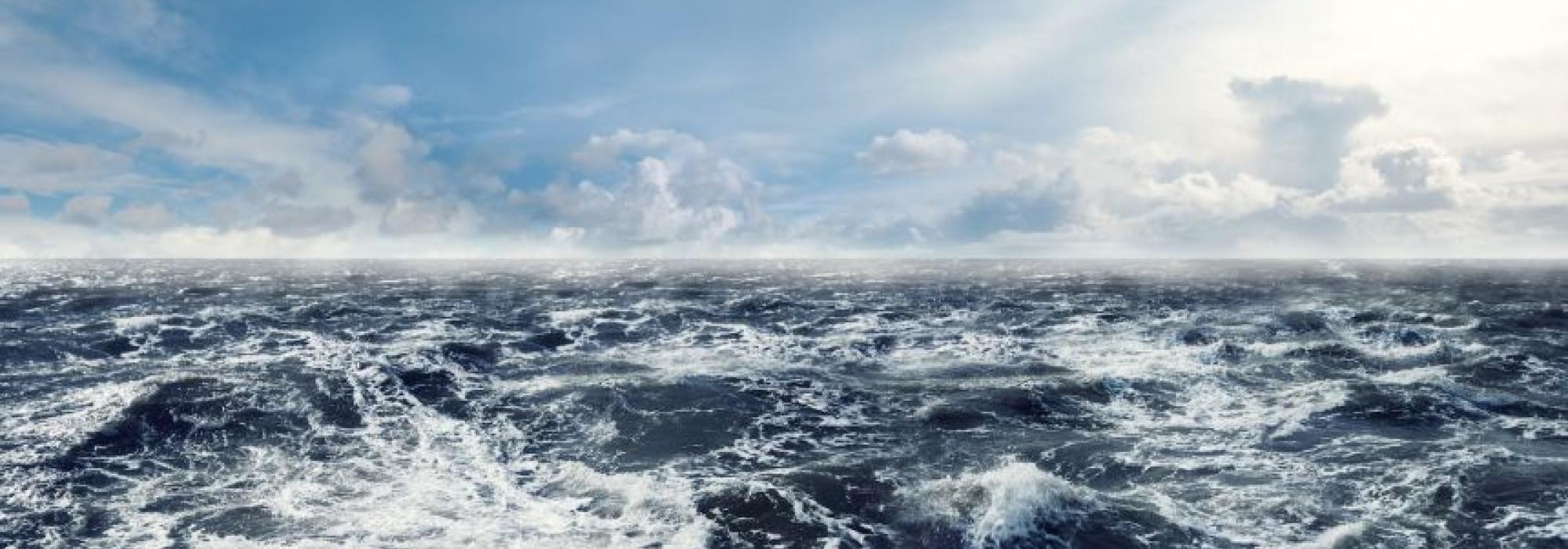In the Vikramorvaśīyam, the poet has brought in several elements to amplify vipralambha-śṛṅgāra; as mentioned before, Purūrava gets separated thrice from Urvaśī and pines for her company. In no other play do we see the king going mad out of love for his beloved. It is likely that the playwright, Kālidāsa, wanted to provide special scope for elaborate music and enactment in his play and thus designed it to contain many such deeply emotional segments. It is not easy to enact love-madness. Purūrava, who roams around amid rain, thunder, and lightning like an intoxicated man, reminds us of King Lear who also wanders around similarly, mad because of a different reason. The actor who plays the role of Purūrava must express anger, empathy, humour, prayer, worry, excitement, pain, lamentation, and going unconscious – in fact, he is required to emote a mixture of these sentiments at the same time. He must sing various kinds of songs and also dance.[1] He must speak to many animate and inanimate beings – clouds, trees, mountains, rivers, swans, cakravāka, sāraṅga, elephants, and many more. His behaviour must look natural and beautiful.
These elements occur in the fourth act; it is filled with dance and music. At the beginning of the fourth act, for the entry of Sahajanyā and Citralekhā, the ākṣiptikā song needs to be sung; the actors dance as well. Before they exit, they perform a dance called khaṇḍadhārā; it is quite possible that this is a kind of kolāṭa.[2] Thus, in this play, in addition to the usual enactment, it involves various kinds of songs and dance performed by both male and female characters – this adds to the aesthetic charm of the play and delights the hearts of the connoisseurs.
It is quite hard to say what segments of the fourth act are composed by Kālidāsa and which ones have been added by later-day actors. This question arises because most of these songs are in Prakrit and appear only in the north Indian manuscripts of the play. The play remains self-complete even if these segments are removed. There is some redundancy and repetitions in places; in a few other places, there are Prakrit poems on swans and clouds, which are not connected with the context at all. Nevertheless, it is likely that this tradition has its aucitya and has come down to us by practice; if it weren’t engaging, the tradition wouldn’t have taken birth at all; it wouldn’t have been possible to include these extraneous elements only in this play and not in the others. This argument applies only to the Prakrit poems and not to the Sanskrit dialogues uttered by Purūrava; both the prose and verse in Sanskrit appear to have been composed by the original author, Kālidāsa.
The play Vikramorvaśīyam belongs to the genre called troṭaka. It is defined as follows –
saptāṣṭa-nava-pañcāṅkaṃ divya-mānuṣa-saṃśrayam|
troṭakaṃ nāma tat-prāhuḥ pratyaṅkaṃ sa-vidūṣakam||
We must probably add that a troṭaka is also rich with elements of dance and music. It is thus a parallel to what is known as opera in English. Other than this, there does not seem to be a marked different between a troṭaka and a nāṭaka. Mālavikāgnimitram does not contain divine-human characters and episodes, but Śākuntalam does. The king in Śākuntalam is capable of traveling to devaloka and rendering help to Devendra; the play also has sages such as Kaṇva and Marīci coming as a part of the story; apsarās, Hemakūṭa, etc are also seen in the play. This does not make it a troṭaka.
The śṛṅgāra in Vikramorvaśīyam is nuanced and clear. Just as the śṛṅgāra in this play is different from the other two plays of Kālidāsa, so are the situations and the environs. The love and friendship that an apsarā like Urvaśī extends of her own accord are special. Purūrava is Candra’s grandson; his speech is so sweet and charming that it feels as if amṛta is oozing out from the moon. Urvaśī uniting with Purūrava is akin to the moonlight blending into the moon (Act 2, verse 15). She too is pure like the Gaṅgā and fickle like the lightning. Purūrava’s palace is kailāsa-śikhara-saśrīka, i.e., as tall as the Mount Kailāsa and gets reflected in the river Gaṅgā; it appears as though it is looking at itself in a mirror. Such is the height of the palace; one needs climb the stairs that are made out of crystals, onto the terrace of the palace, and its at this place that a pūjā is performed to Candra, who is in the company of Rohiṇī; the place is maṇi-maya-harmya – roof studded with gems. The queen performs the ritual, giving up all her possessiveness and selfishness[3]; the ritual is meant to please the husband – pati-prasādana-vrata. As the queen performs this, Urvaśī comes down from the skies and gratifies the king.
To be continued ...
The current series of articles is an enlarged adaption of Prof. A. R. Krishnasastri's Kannada treatise Saṃskṛta-nāṭaka. They are presented along with additional information and footnotes by Arjun Bharadwaj.
[1] The northern manuscripts of the play provide the following stage directions and rāgas – dvipadī, carcarī, bhinnaka, khaṇḍaka, khuraka, valantikā, kakubha, kuṭalikā, mallaghaṭṭī, ardha-dvi-caturasraka, kuṭakā, manda-ghaṭī, galitaka, khaṇḍadhārā, etc
[2] Yad-gītaṃ guṇakaryā ca rāgeṇa krīḍakena ca|
tālena sā khaṇḍa-dhārā yaṣtikena prakāśitā||
[3] ātmanaḥ sukhāvasānena ārya-putrasya sukham-icchāmi







































